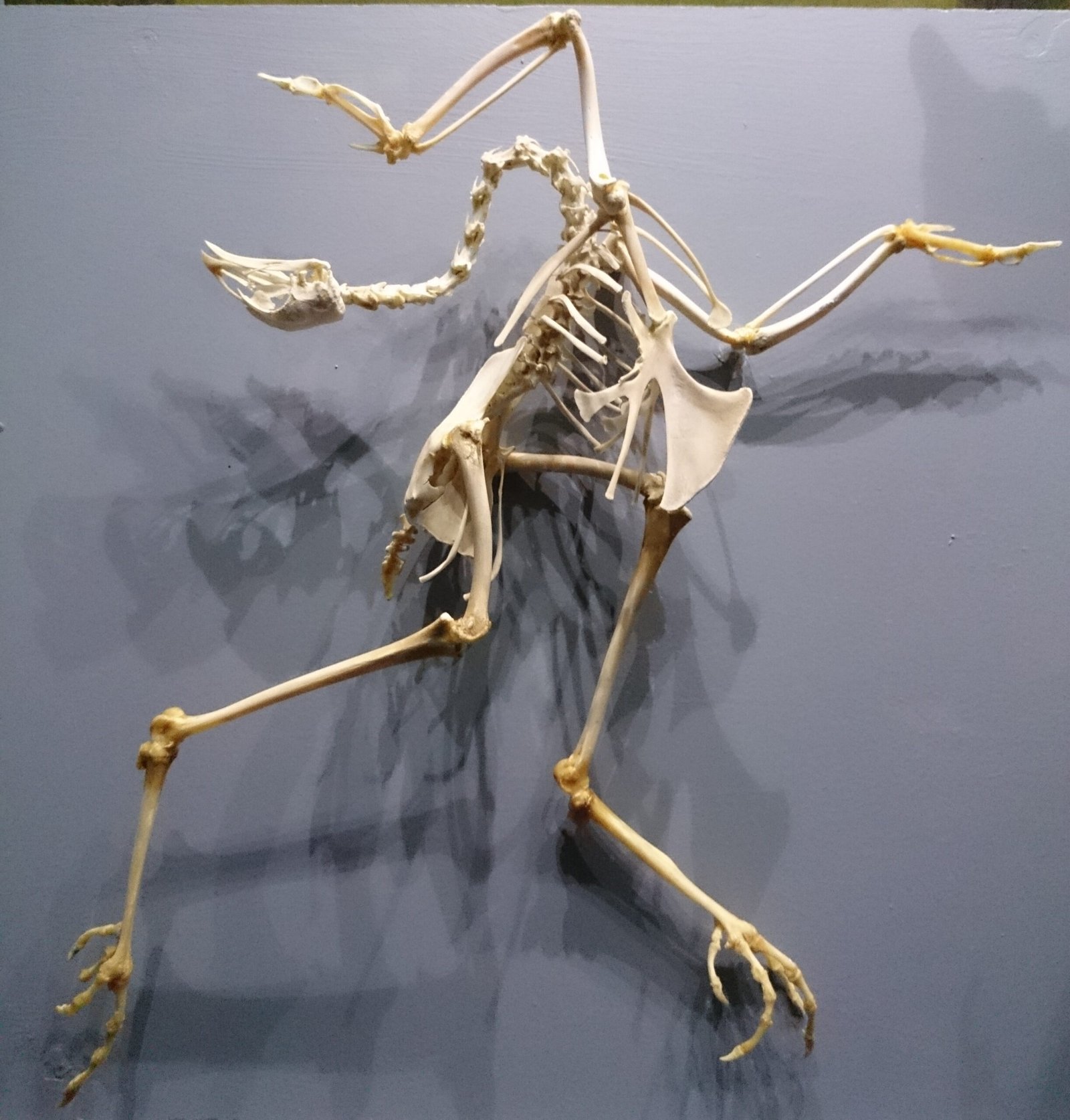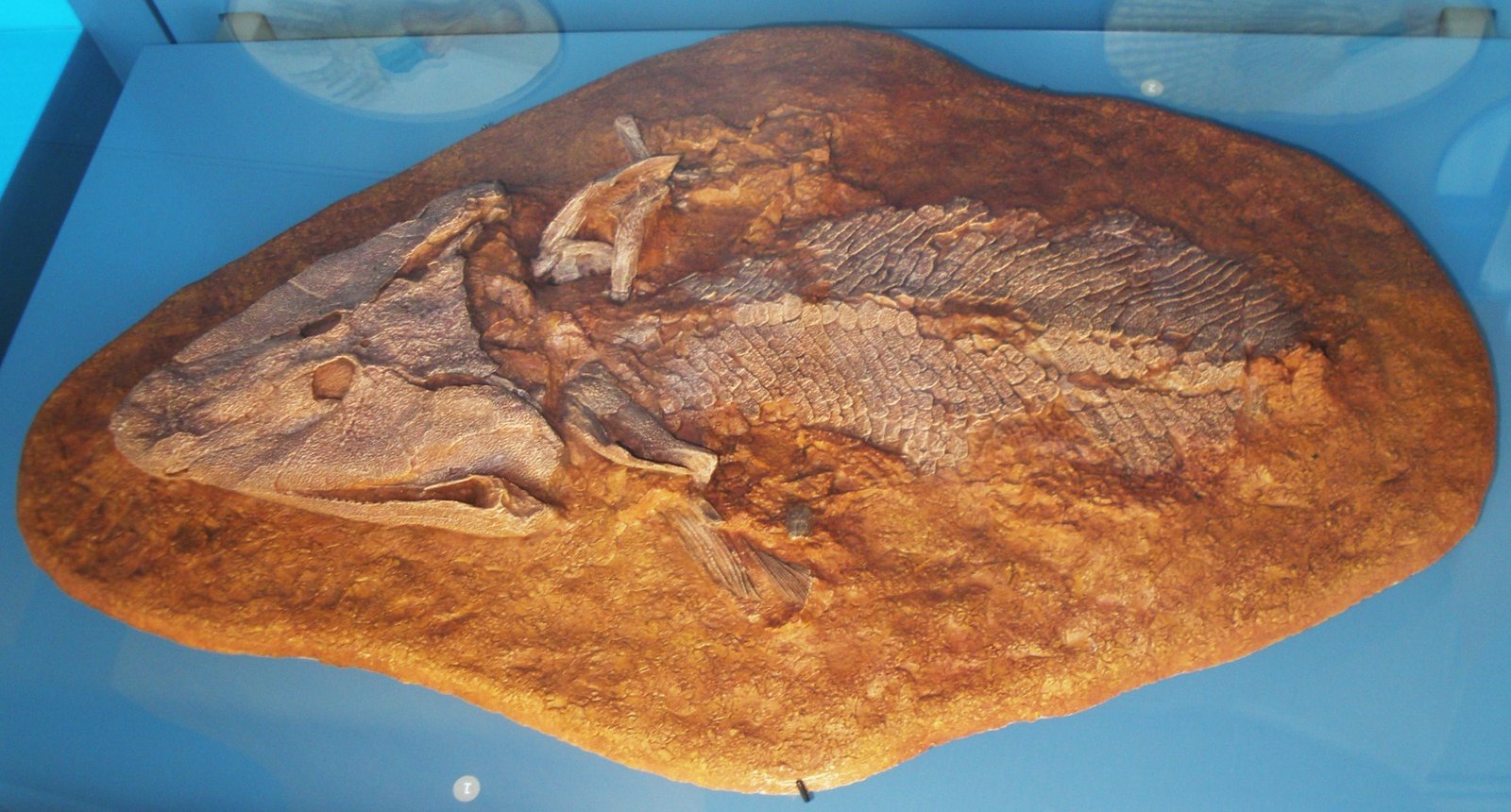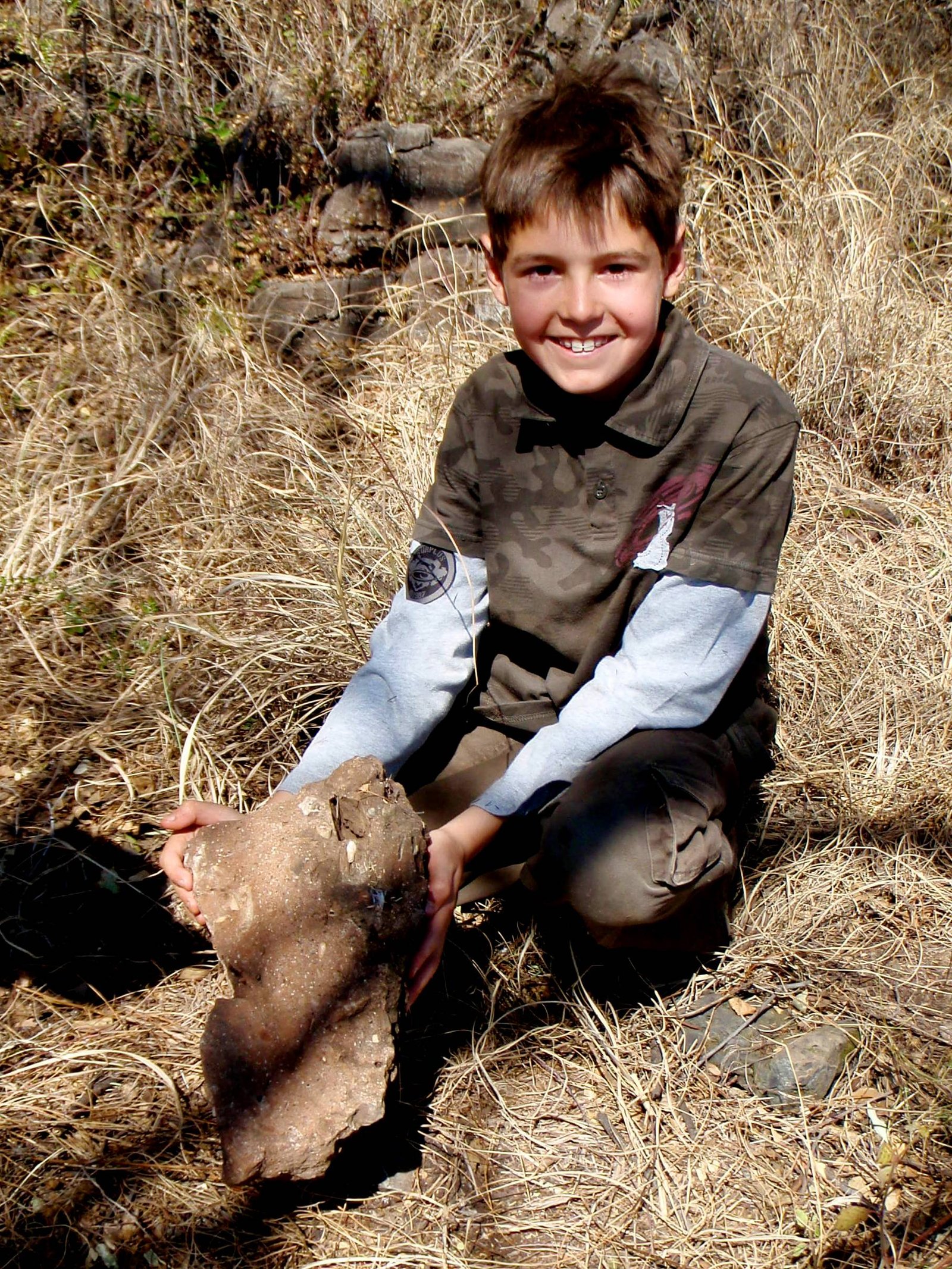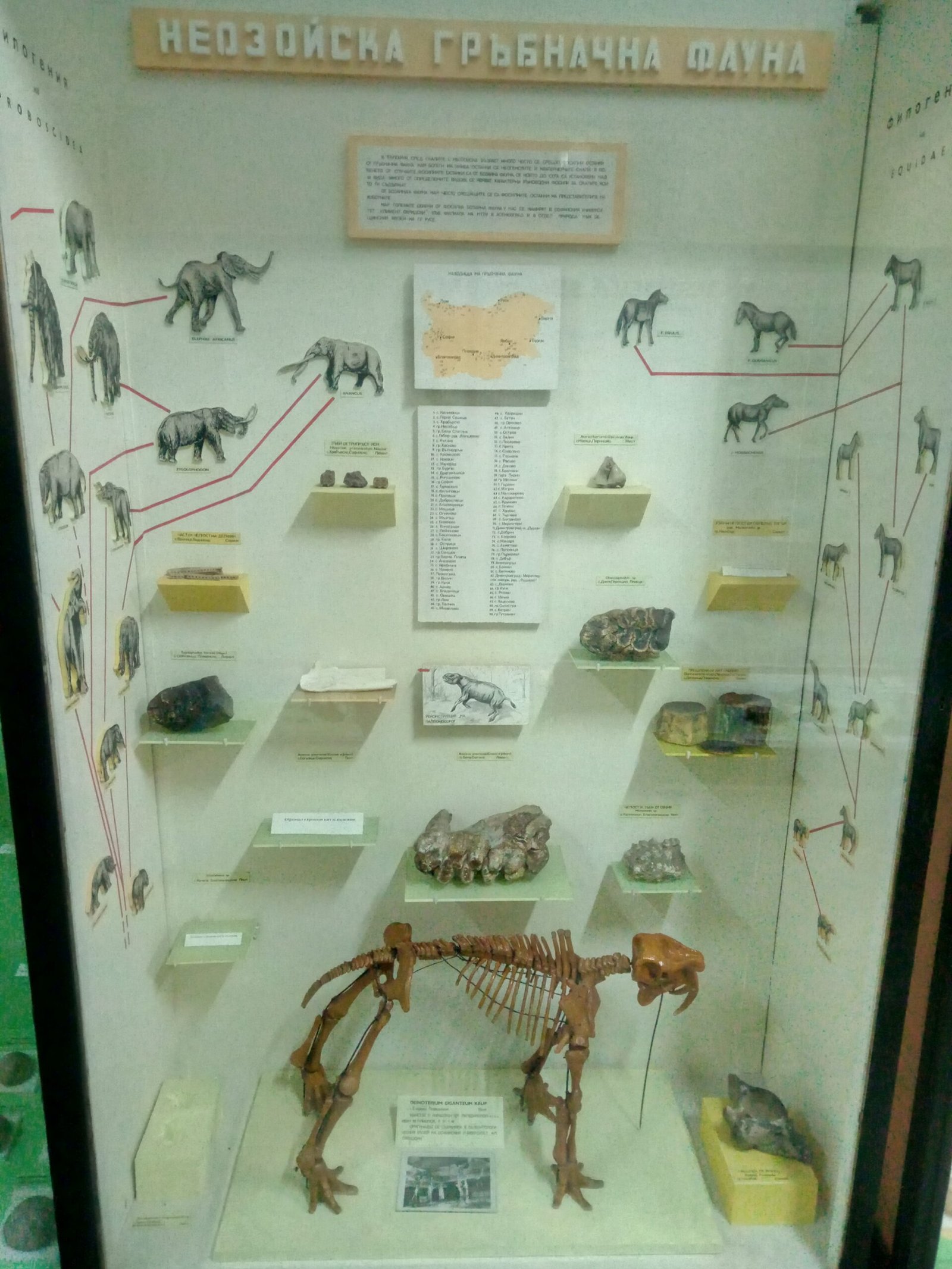In the world of paleontology, the thrill of discovery often lies buried beneath layers of earth, waiting to unveil secrets from eons past. But what if some of the most crucial links in the evolutionary chain nearly slipped through the cracks of history? Imagine the impact of overlooking fossils that could bridge the gaps between ancient species and our modern world. These missing link fossils, often overshadowed by more dazzling discoveries, hold the potential to rewrite our understanding of life’s intricate tapestry. Are we ready to delve into the shadows and illuminate the hidden corridors of evolution?
The Enigmatic Significance of Missing Link Fossils
Missing link fossils are not just ordinary remnants of ancient life; they are the pivotal connectors that bridge the evolutionary gaps between different species. These fossils offer a tangible glimpse into the gradual changes that have shaped the biodiversity we see today. By studying these links, scientists can trace the lineage of various organisms, revealing the shared ancestry that binds all life on Earth. It’s like piecing together a massive, intricate puzzle where each fossil is a crucial piece that completes the picture of life’s history.
A Journey Back in Time: The First Discoveries

The quest for missing link fossils began in earnest during the 19th century when paleontologists unearthed the first tantalizing clues. One of the earliest and most famous examples is the Archaeopteryx, discovered in 1861. This bird-like dinosaur showcased both avian and reptilian features, providing compelling evidence of the evolutionary transition from dinosaurs to birds. Such discoveries fueled the scientific imagination and laid the groundwork for future explorations into the depths of Earth’s past.
The Surprising Tale of Tiktaalik

In 2004, a team of scientists made a groundbreaking discovery in the Canadian Arctic: the Tiktaalik fossil. This ancient creature, dating back approximately 375 million years, exhibited characteristics of both fish and tetrapods, the first four-limbed creatures. With its fins evolving into primitive limbs, Tiktaalik represents a crucial evolutionary step towards land-dwelling animals. This discovery not only filled a significant gap in the evolutionary timeline but also underscored the dynamic nature of life’s adaptation to changing environments.
The Curious Case of Australopithecus sediba

Australopithecus sediba, discovered in South Africa in 2008, is a prime example of a missing link fossil that almost went unnoticed. Initially overlooked due to its fragmented remains, further analysis revealed its significance. This species exhibited a unique blend of ape-like and human-like features, shedding light on the evolutionary transition from early hominins to the genus Homo. Its discovery has sparked debates and discussions among scientists, challenging existing theories about human evolution.
Hidden Gems: The Importance of Microfossils

While large and impressive fossils often steal the spotlight, microfossils play an equally vital role in unraveling life’s history. These tiny remnants, often overlooked due to their size, provide invaluable insights into the evolution of microorganisms and their impact on Earth’s ecosystems. For instance, the discovery of ancient cyanobacteria microfossils has revealed their crucial role in oxygenating the planet, paving the way for more complex life forms to emerge.
The Role of Technology in Unearthing Hidden Treasures
Advancements in technology have revolutionized the field of paleontology, enabling scientists to uncover missing link fossils that might have otherwise remained hidden. Techniques such as CT scanning and 3D modeling allow researchers to examine fossils in unprecedented detail, revealing subtle features that were previously invisible. These tools have not only enhanced our understanding of existing fossils but also increased the likelihood of discovering new ones, further enriching the tapestry of life’s history.
The Impact of Environmental Change on Evolution
Missing link fossils often reflect the adaptive responses of species to environmental changes throughout Earth’s history. As climates shifted and habitats transformed, organisms evolved to survive and thrive in new conditions. The study of these fossils provides valuable insights into how life on Earth has continuously adapted to dynamic environments. By understanding these evolutionary responses, we can better predict how current and future environmental changes might impact biodiversity.
Challenges in Identifying Missing Link Fossils
Identifying missing link fossils is no small feat. It requires a keen eye, meticulous research, and often a stroke of luck. Many fossils remain buried beneath layers of sediment, awaiting discovery. Even when unearthed, their significance might not be immediately apparent. Misidentifications and incomplete specimens can lead to debates and controversies within the scientific community. Yet, each discovery, no matter how small, brings us closer to understanding the evolutionary puzzle.
The Cultural and Scientific Impact of Missing Link Discoveries

The discovery of missing link fossils has profound implications not only for science but also for culture and society. These fossils challenge our perceptions of the natural world and our place within it. They inspire curiosity and wonder, sparking discussions about evolution, adaptation, and the interconnectedness of all life. By bridging the gaps in our understanding, these discoveries encourage a deeper appreciation for the diversity and complexity of life on Earth.
Reflecting on the Unseen: The Future of Paleontological Exploration

As we continue to explore the depths of Earth’s history, the potential for uncovering more missing link fossils remains vast. Each new discovery holds the promise of reshaping our understanding of evolution and the intricate web of life. As technology advances and our knowledge deepens, the unseen corridors of the past will gradually come to light, revealing the hidden stories that have shaped the world we know today. What other secrets lie buried beneath our feet, waiting to be unearthed?


